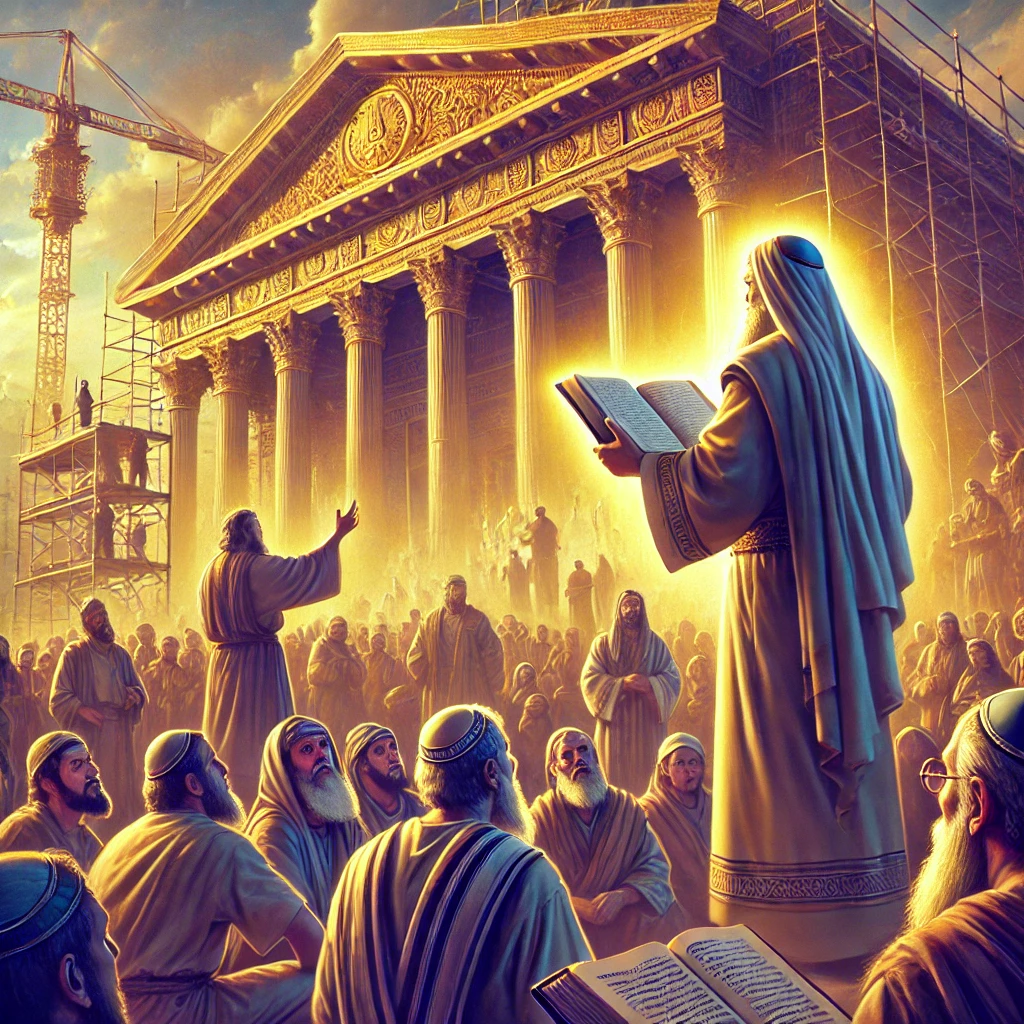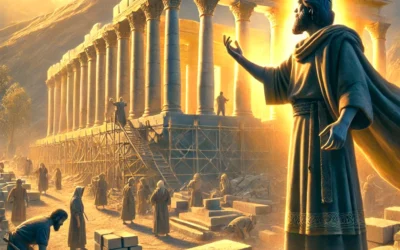The Book of Ezra is the fifteenth book of the Bible and begins the story of Israel’s return from Babylonian exile.
Named after Ezra the scribe, the book focuses on rebuilding the temple in Jerusalem and restoring God’s law among the people.
It shows how God works through both pagan kings and faithful leaders to accomplish His purposes.
The Return from Exile Under Zerubbabel (Ezra 1–6)
After 70 years in exile, the Persian king Cyrus issues a decree allowing the Jews to return to Jerusalem to rebuild the temple.
Key Highlights:
- Cyrus fulfills the prophecy by authorizing the return and providing support.
- Zerubbabel leads the first wave of returnees.
- The people rebuilt the altar and laid the foundation of the temple.
- Enemies oppose the work, but eventually, the temple is completed in the reign of King Darius.
Lesson: God is in control of world leaders and uses them to fulfill His promises.
Ezra Arrives to Restore the Law (Ezra 7–8)
Several decades later, Ezra, a skilled scribe, leads a second group back to Jerusalem to teach the law of God and bring spiritual revival.
Key Highlights:
- Ezra is granted favour by King Artaxerxes and receives resources for temple service.
- He leads a group of exiles safely through dangerous lands, trusting in God’s protection.
- Ezra’s mission is not just physical restoration—but spiritual renewal.
Lesson: Revival begins when God’s Word is restored to the hearts of His people.
Confronting Sin & Calling for Repentance (Ezra 9–10)
Ezra is heartbroken when he learns that the returned exiles have begun intermarrying with foreign nations, repeating the sins of the past.
Key Highlights:
- Ezra prays a powerful prayer of confession, weeping for the sins of the people.
- The community repents, and a plan is made to restore obedience.
- The book ends with a list of those who chose to separate from sinful alliances, recommitting to God’s law.
Lesson: True leadership confronts sin and calls people back to holiness—even when it’s difficult.
Final Thoughts
The Book of Ezra teaches us about God’s faithfulness, the importance of worship, and the power of repentance.
It reminds us that restoration isn’t just about rebuilding physical things—it’s about renewing hearts in alignment with God’s Word.





